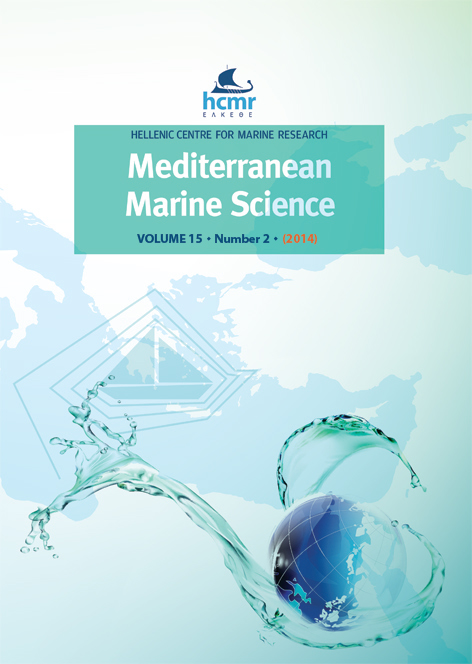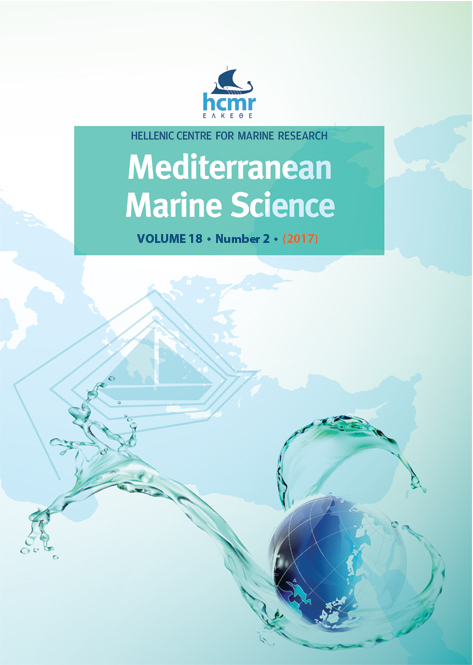Influence of Dardanelles outflow induced thermal fronts and winds on drifter trajectories in the Aegean Sea

Abstract
possible to study with previous drifter deployments that were far from the Dardanelles Strait. In addition, the drifter tracks covered the Aegean basin quite thoroughly, mapping major circulation features and supporting the overall general circulation patterns described by previous observational and modelling studies. The collected data display cases in which drifters are driven by winds and thermal fronts. Wind products were used to estimate the influence of the atmospheric forcing on the drifter trajectories. Satellite sea surface temperature images were connected to the drifter tracks, demonstrating a high correlation between the remote and in situ observations. The waters of Black Sea origin were traced all the way to the Southern Aegean, establishing a strong connectivity link between the Aegean and Black Sea basins.
Article Details
- How to Cite
-
GERIN, R., KOURAFALOU, V., POULAIN, P.-M., & BESIKTEPE, Ş. (2014). Influence of Dardanelles outflow induced thermal fronts and winds on drifter trajectories in the Aegean Sea. Mediterranean Marine Science, 15(2), 239–249. https://doi.org/10.12681/mms.464
- Issue
- Vol. 15 No. 2 (2014)
- Section
- Research Article
Authors who publish with this journal agree to the following terms:
- Authors retain copyright and grant the journal right of first publication with the work simultaneously licensed under a Creative Commons Attribution Non-Commercial License that allows others to share the work with an acknowledgement of the work's authorship and initial publication in this journal.
- Authors are able to enter into separate, additional contractual arrangements for the non-exclusive distribution of the journal's published version of the work (e.g. post it to an institutional repository or publish it in a book), with an acknowledgement of its initial publication in this journal.
- Authors are permitted and encouraged to post their work online (preferably in institutional repositories or on their website) prior to and during the submission process, as it can lead to productive exchanges, as well as earlier and greater citation of published work (See The Effect of Open Access).






